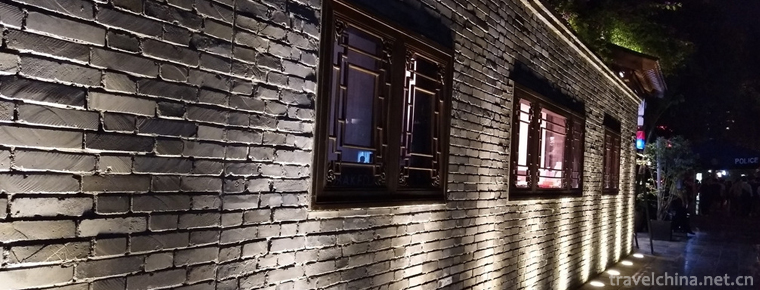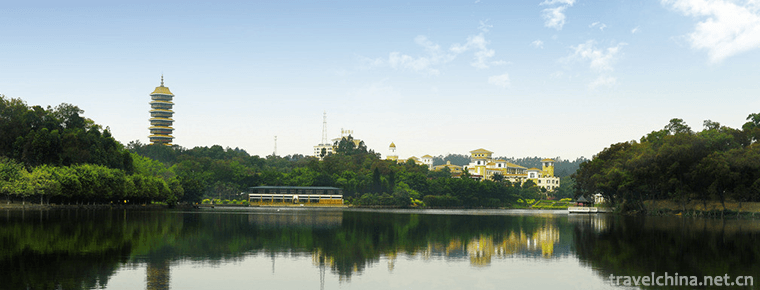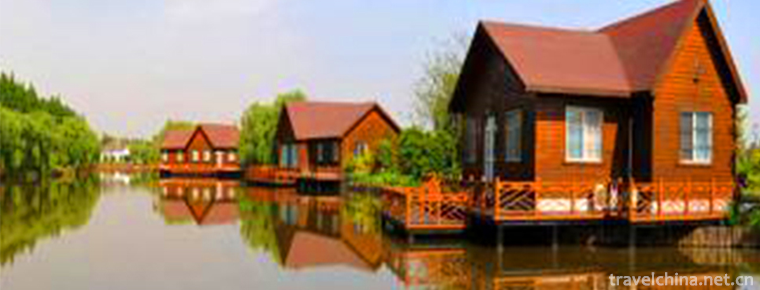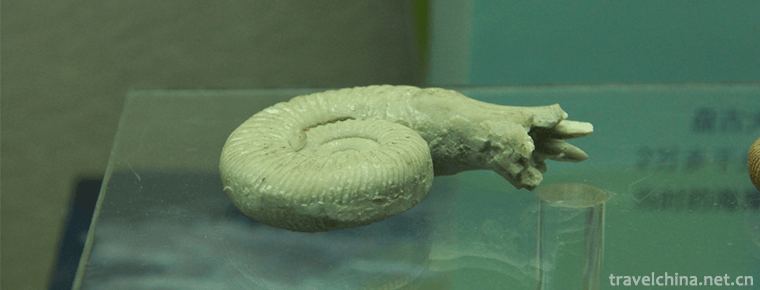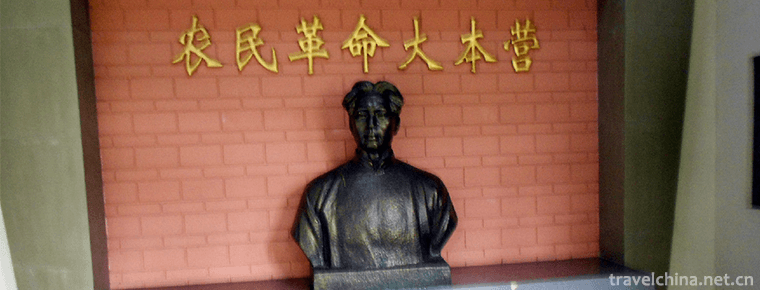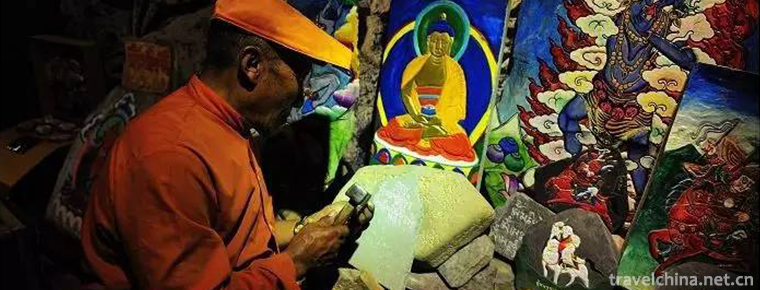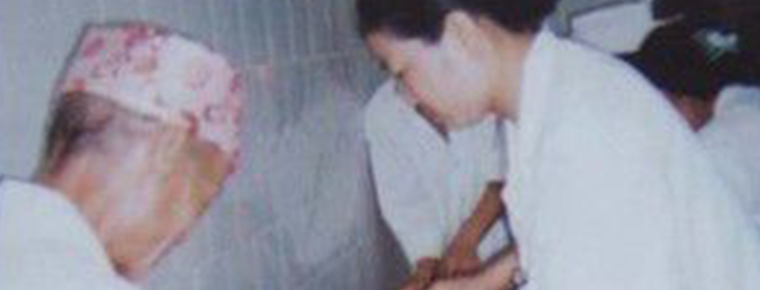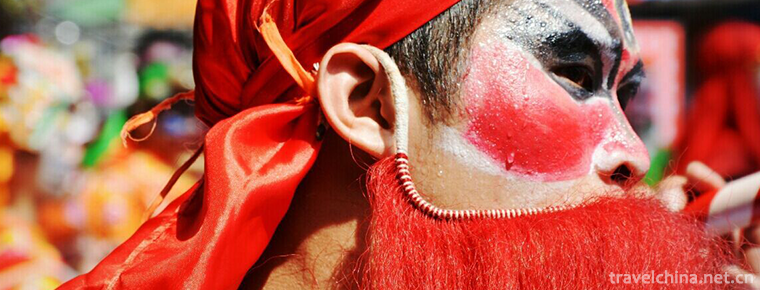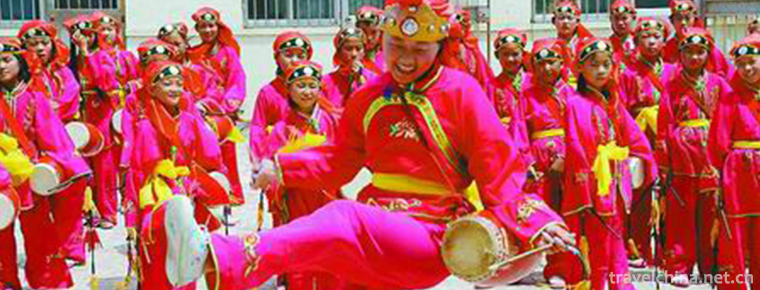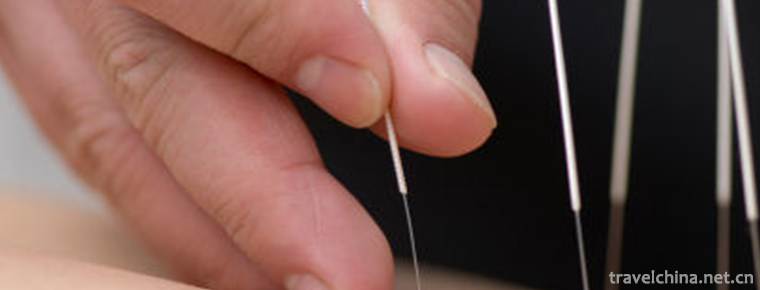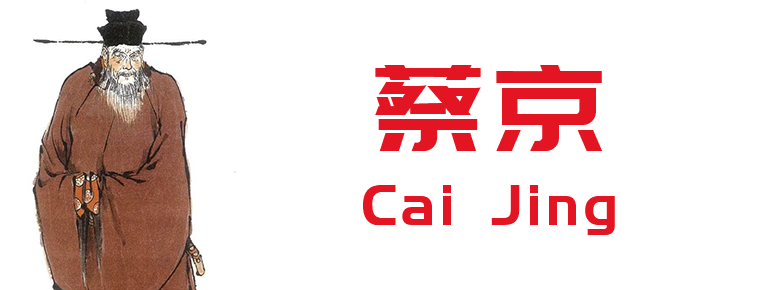Shenyang Palace Museum
Shenyang Palace Museum
The Shenyang Palace Museum, originally a royal palace built and used in the early Qing Dynasty, was built in 1625 (five years from tomorrow, ten years after the fate of the golden emperor). The Shenyang Palace Museum covers an area of more than 60,000 square meters. It has 114 ancient buildings and more than 500 rooms. So far, it is well preserved. The Shenyang Palace Museum, built on the palace sites, is a famous museum of ancient palace art. Its collection contains rich palace art. In 1961, the State Council designated the Shenyang Palace Museum as the first batch of national key cultural relics protection units. On July 1, 2004, the 28th World Heritage Committee approved the Shenyang Palace Museum as an extension project of the Ming and Qing Dynasties Palace Cultural Heritage to be included in the World Cultural Heritage List. Shenyang Palace Museum is unique in the history of Chinese palace architecture in terms of its high-rise building and "low palace".
In 2017, it was promoted to the third batch of state-level museums.
Development history
Ten years after the fate of the emperor Jin Dynasty (five years from tomorrow, 1625), Nurhachi decided that Shenyang was the capital city for strategic considerations. In the center of the old city of Shenyang, he built the Great Government Hall and the Ten Kings Pavilion, which were the beginning of the construction of the Forbidden City of Shenyang. In 1644, the Qing Dynasty moved its capital to Beijing. This former Imperial Palace became the accompanying capital palace. In the early years of Shunzhi, Dingshengjing was the "accompanying capital" of the country. Later, five ministries of Shengjing households, rituals, soldiers, punishment, industry and general Fengtian Prefecture and Chengde County were successively set up in the city to manage the relevant affairs in this area. Shengjing Palace, as a sacred site of the founding of the Qing Dynasty, is under special protection. The daily management, guard and repair of the Palace are under the responsibility of Shengjing Interior Office and Shengjing Ministry of Industry. From the 10th year of Kangxi (1671) to the 9th year of Daoguang (1829), Kangxi, Qianlong, Jiaqing and Daoguang made ten East Tours. During the Qianlong period, for the emperor of Qing Dynasty to patrol the East and store the ancestors and the things in the palace, and to rebuild, rebuild and expand, the palace and the palace coexisted as an accumulative palace building group.
After the Daoguang Dynasty, the Shenyang Palace Museum was covered with charcoal. "At first, the Tsarist overlord palace swept ahead, and after the Japanese peeped into the secrets of the gold chamber, the British chiefs sought to enter the palace to search for treasures. The national treasure is also something seized by imperialist powers. Would you rather not be sad? In the third year of Xuantong, Xiliang, the governor of the three eastern provinces, according to Jinliang's suggestion, "Please build a museum in Shengjing Danei and in the front of Wensuo Pavilion". Because of the uprising of 1911, this matter can not be solved. After 1911, under the leadership of Beiyang, the treasures stored in Shengjing Treasury were transported to Beijing Normal University. After General Feng Yuxiang's "Beijing coup", the Shengjing Palace was also taken over by the Fengtian Provincial Government.
In 1926, people of insight in Northeast China conformed to the trend of world culture and promoted the Fengtian Provincial Council to set up three eastern provincial museums in the Palace Museum, which became one of the earliest museums recommended by China itself. After the September 18th Incident in 1931, the Museum of the Eastern Three Provinces was transformed into the Fengtian Palace Museum. After its restoration in 1945, the National Shenyang Museum was re-established. In 1949, it was transformed into the exhibition house of Shenyang Palace Museum, which belongs to the Ministry of Culture of the Northeast Government. In 1954, the state decided to set up a museum of the historical and artistic nature of the Qing Dynasty in Shenyang Palace Museum. In 1986, it was renamed as the Shenyang Palace Museum.
On May 18, 2017, the third batch of state-level museums were promoted.
Visiting information
Sales Ticket Time
From April 10 to October 10, tickets were stopped at 8:30 to 17:30 and 16:45.
From October 11 to April 09, tickets were stopped at 9:00 to 16:30 and at 15:45.
It closes every Monday morning (except for statutory holidays and July and August) and opens at 13:00 p.m. .
Ticketing policy
The fare is 60 yuan per person.
High school, middle school and primary school students hold student cards, and the elderly under 70 and over 60 hold ID cards at 30 yuan per person.
Older people over 70 years old hold identity cards, retired cadres, active servicemen, disabled soldiers, deaf, blind people and disabled persons who can not take care of themselves hold valid certificates for ticket exemption.
Children under 1.3 meters are free of tickets (accompanied by guardians).
Tour guide
Smoking is prohibited, open fire is prohibited and dangerous goods are not allowed to enter the hospital.
Consciously abide by the order of visits and tours, show tickets to enter and enter according to the opening time.
Establish environmental awareness and care for the flowers and trees in the courtyard.
Take good care of public tourist facilities, do not paint or mark on ancient buildings, facilities and trees, and do not lie on road chairs.
Take care of the environmental hygiene in the hospital, don't bring pets into the hospital, don't spit, drown or litter peel and core, chewing gum residue and other waste.
Don't make noise in the courtyard. Don't block the access and entrance.
Illegal business, superstitious activities and vulgar and unhealthy behavior in the hospital are prohibited.
Traffic guide
Take bus 117, 118, 132, 140, 213, 222, 228, 257, 276, 287, 290, 292, 294, 296 and Ring Road to the Palace Museum Station and get off the bus. You can walk for 5 minutes.
Take buses 105, 113, 117, 131, 133, 150, 168, 218, 219, 237, 248, 273, 298 to get off at Dadongmen Station and walk west for 10 minutes.
Take bus No. 207, 212, 224, 227, 326, 333, 334 and 503 to get off at Dasimen (Huaiyuan Gate) Station, and walk east through Huaiyuan Gate for 10 minutes.
Take Metro Line 1 to Zhongjie Station and Huaiyuan Gate Station, and walk for 10 minutes. Take Metro Line 2 to transfer to Line 1 at Youth Street Station.
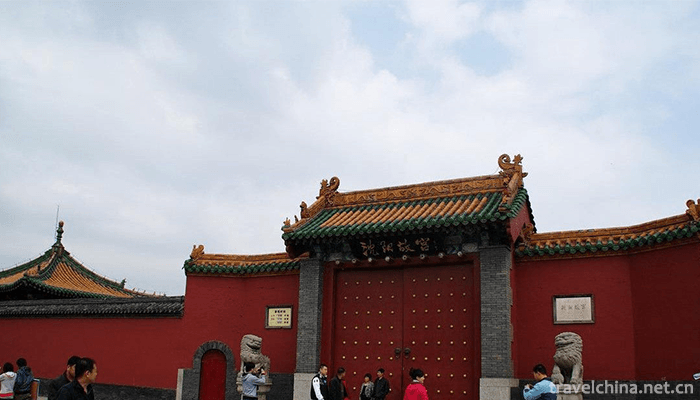
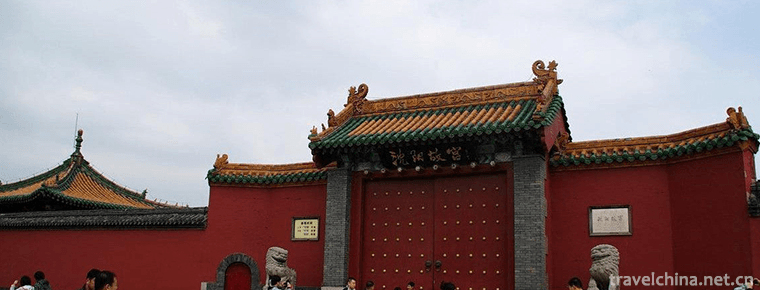
Shenyang Palace Museum
-
Kuan and Zhai Alley
No. 127, ChangShun Street, Qingyang, Chengdu, Sichuan, China
Views: 274 Time 2018-09-29 -
sanshui forest park
Sanshui Forest Park is located in the north suburb of the southwest town of Sanshui District, Foshan City, Guangdong Province.
Views: 173 Time 2018-12-18 -
Qianwei ecological village
Qianwei Village is located in the middle of Chongming Island, 23 kilometers away from Nanmen Port, close to Dongping Forest Park. Once a desolate and silent village, now it has both urban scenery and
Views: 306 Time 2018-12-26 -
Chengjiang biota
Chengjiang biota is located near Maotianshan, Chengjiang, Yunnan Province, China. The stratum of Chengjiang biota is yellow-green silty shale of Yudanshan section of Qiongzhusi Formation of Lower Camb
Views: 192 Time 2019-01-05 -
Wuhan Revolutionary Museum
The Wuhan Revolutionary Museum is located at No. 13 Hongxiang, Wuchang, Wuhan, Hubei Province. It was merged by the memorial hall of the former site of the Wuchang Peasant Movement Workshop
Views: 195 Time 2019-02-24 -
Tibetan Gesar Painted Stone Carvings
Tibetan Gesar painted stone carvings belong to a relic of Chinese Tibetan Gesar culture. They are mainly distributed in Seda, Shiqu and Danba counties in Ganzi Tibetan
Views: 137 Time 2019-04-06 -
Dai Medicine Sleeping Drug Therapy
Sleeping pill therapy, one of the ten traditional Dai medicine therapies, is the third batch of national cultural heritage in Yunnan.
Views: 179 Time 2019-04-24 -
Puning Ying Song
Puning Yingge is a traditional folk dance style widely spread in Puning City, Guangdong Province. It was created and compiled by Yitang people during the reign of Qianlong in the Qing Dynasty. It has
Views: 140 Time 2019-06-09 -
Shandong Huagu
Shandong Huagu is a traditional folk art form with Huagu as the main accompaniment instrument. It is also the only type of walking songs in Shandong folk art. Shandong Huagu is very good at expressing
Views: 175 Time 2019-06-13 -
Acupuncture
Acupuncture means that under the guidance of traditional Chinese medicine theory, needles (usually filiform needles) are punctured into patients'bodies at a certain angle, and needling techniques such
Views: 124 Time 2019-07-25 -
Cai Jing
Cai Jing (February 14, 1047 - August 11, 1126), character length, Northern Song Dynasty Prime Minister , calligrapher, Xinghua Army Xianyou County cixiao Li Chi Ling (Xianyou County, Putian City, Fuji
Views: 219 Time 2019-09-14 -
The social background of Cheongsam
Many scholars and media at that time believed that it was an important reason that women imitated men to wear long gowns in order to seek independence of mind and emancipation of women's rights in the early Republic of China.
Views: 334 Time 2020-12-11
